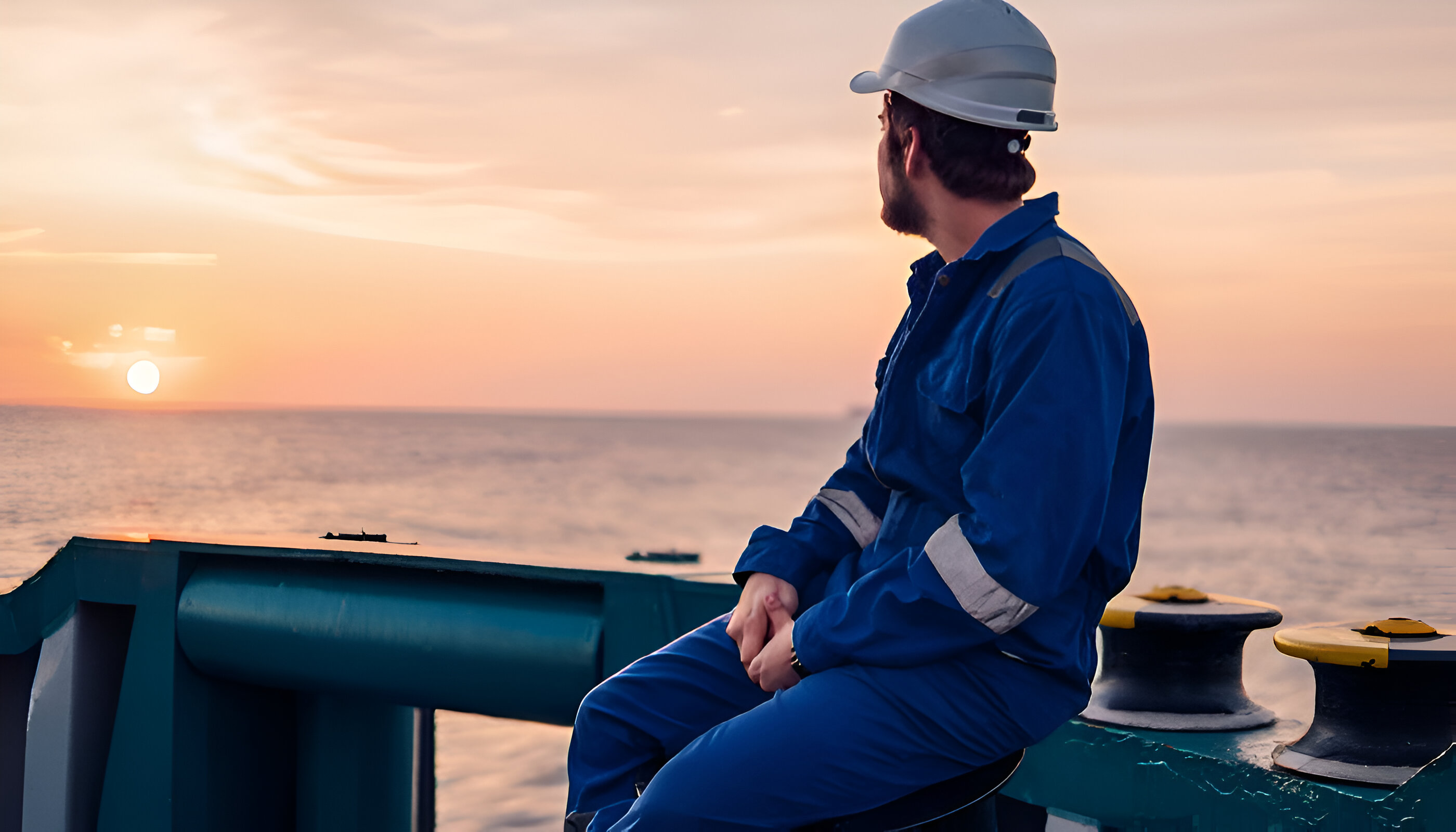NAVIGATIONAL AUDITS
October 20, 2020 TMSA 3
In spite of the fact that the techniques for safe navigation are well known, the safe navigation of a vessel still remains a challenge. It has been reported that more than 80% of shipping accidents have a non-technical cause; they are related rather to human error. The last Concentrated Inspection Campaign (CIC) on “Safety of Navigation” conducted by the Paris MoU in 2009 recorded that during 6331 inspections 1872 (30%) deficiencies were identified. In order to reduce navigational risks charterers recommend undertaking navigational audits.
Any accident or serious incident can have disastrous repercussions on a company’s reputation. According to the Swedish P&I club, over the past six years four major cases have produced abnormally high claims. These cases represented nearly 2 billion USD in P&I costs. Clearly, it is time for shipping to become much more risk-adverse. Research has shown that the top 25% of ships, ranked according to safety, are involved in only 7% of all accidents. This clearly demonstrates the significant potential for reducing the number of shipping accidents.
Navigation is an area under close review by risk assessment teams. Navigational audits are already a requirement of the Tanker Management and Self Assessment (TMSA) 3- Stage 4 and becoming more common in other trades, for example bulk carriers. Even though not a mandatory requirement, it is an element which speaks to a company’s operational quality as well as a tool to improve performance, not only in the tanker business but also in order to satisfy charterers’ requirements.
Navigational audits assess how the ship is handled by the crew, what kind of support is provided shoreside and can reveal important navigational and bridge management errors, which could potentially lead to a collision or grounding. Improvements to existing Safety Management Systems can also be identified through the auditing process.
What are the advantages of navigational audits?
- Comply with charterers requirements (especially: Vetting, TMSA)
- Learn from your and other people’s mistakes
- Recognise that the human element plays a major role in the causation of accidents
- Enable a safe and professional navigational culture
- Use effective navigational audits to reduce overall risk
- Take advantage of navigational audits to improve company procedures
- Take advantage of navigational audits to improve training demands based on a gap analysis of crew skills and competences
Source: stagmarine





